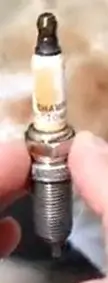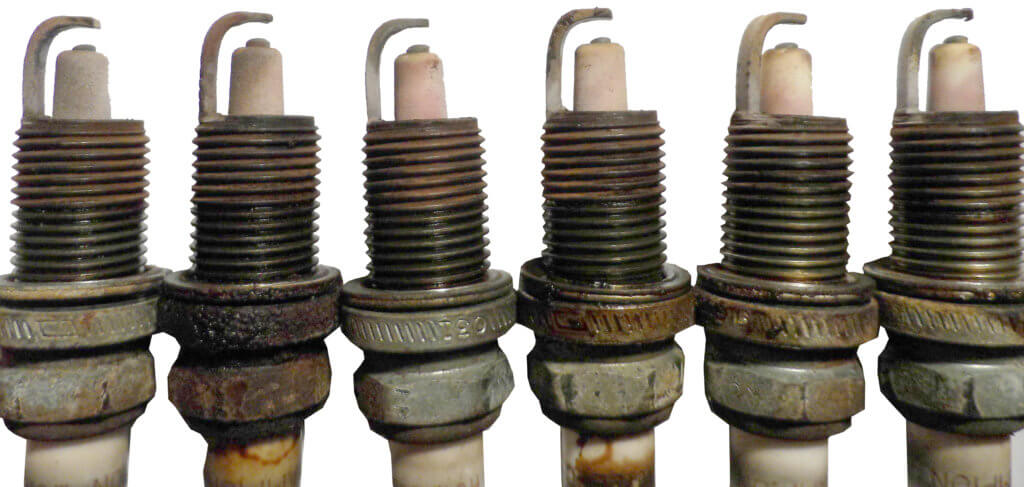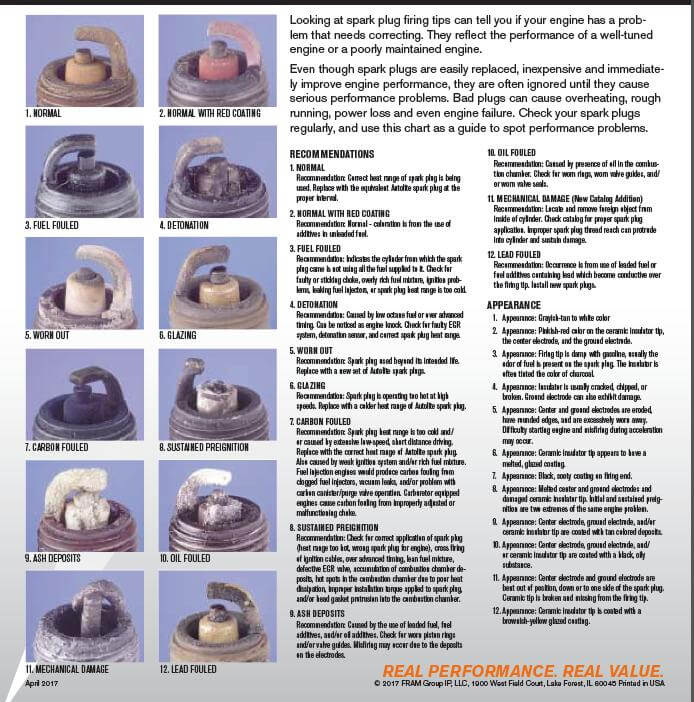Understanding the Most Causes of Engine Misfires
Learn the 7 most common causes of engine misfires
An engine misfire occurs when one or more cylinders fail to fire properly, leading to rough idling, loss of power, and decreased fuel efficiency. If left unaddressed, misfires can cause further damage and costly repairs down the line. Fortunately, by understanding the most common causes of engine misfires, you can take steps to diagnose and remedy the issue before it escalates.
Here are some of the top reasons why your engine might be misfiring:
1) Worn spark plugs
2) Bad ignition coil
3) Wrong air/fuel mixture
4) Faulty/clogged fuel injector
5) Vacuum leak
6) Mass airflow issue/carboned throttle body
7) Mechanical problem
Worn spark plugs are the #1 cause of engine misfires
Whether your engine is equipped with coil packs and spark plug wires or coil-on-plugs, always diagnose misfires by checking the spark plugs first. Why? Because a worn or damaged plug can actually damage your spark plug wires or the ignition coil itself. If you replace the wires or coil without dealing with the root cause of a bad spark plug, you’ll just damage the new components.
How to check spark plug condition
Check for oil in the spark plug tube
Overhead cam engines have a spark plug tube seal at the top of each  spark plug tube. Over time, the seals can harden/crack, allowing oil to splash into the tube and fill it with oil. That coil can cause the spark plug to misfire.
spark plug tube. Over time, the seals can harden/crack, allowing oil to splash into the tube and fill it with oil. That coil can cause the spark plug to misfire.
To check for oil in the spark plug tube
1) Remove the engine cover
2) Remove the ignition coil
3) Shine a flashlight down the spark plug tube. If you see oil pooled at the bottom, the tube seals are bad
How to fix leaking spark plug tube seals.
1) Spray brake cleaner into the spark plug tube.
2) Place a rag over the tube and inject compressed air. Repeat until you’ve flushed out all the oil
3) Replace the valve cover gasket and spark plug tube seals
4) Replace the spark plugs
5) Clean the ignition coil boots with brake cleaner to remove all oil.
6) Apply a small dab of dielectric grease inside each ignition coil boot
7) Install ignition coil
First, check the spark plug gap. Gaps widen over time and a wider gap requires a much higher voltage to fire. A worn spark plug can start in warm weather but misfire in cold weather because the spark isn’t strong enough or hot enough.
Next, check the condition of the center electrode. Sparks always jump from the sharpest edge of the center electrode to the sharpest edge of the side electrode. If the center electrode is rounded off from too many miles, it will misfire.
Check spark plug gap
Use a wire style gap gauge to check the gap. If the gap is greater than the carmaker’s specs, install new plugs. Never close the gap on used plugs with excessive gaps just to save money.

These spark plugs have excessive gaps.
Check the center and side electrode condition
The spark always jumps from a sharp edge on the center electrode to a sharp edge on the side electrode. If the center electrode has rounded edges, it’s automatically requiring a much higher firing voltage. Replace it.

Check the spark plug color
Compare your spark plugs to the conditions on this chart supplied by Autolite Spark Plugs.
Diagnose misfires caused by the ignition coil
Ignition coil factoid: Coil packs and coil-on-plug ignition coils usually don’t go bad on their own unless they’re sprayed with water when hot. The best way to fry a coil pack is to run the engine with worn or damaged spark plugs or worn spark plug wires. Here’s why.
#1 Cause of ignition coil failure — worn spark plugs and/or spark plug wires
Excessive firing voltage caused by worn spark plugs (the excessive spark plug gap), excessive resistance or open in the spark plug wires. The higher than normal firing voltages raise coil temperatures and degrade coil windings.
#2 Cause of ignition coil failure — air/fuel-related problems creating a lean mixture
Lean air/fuel ratios are caused by clogged fuel injectors or vacuum leaks that require much higher firing voltages to establish the spark. The higher-than-normal firing voltages raise coil temperatures and degrade coil windings.
#3 Cause of ignition coil failure — winter temperatures and worn spark plugs
It takes a much higher firing voltage to ignite cold fuel and cold air. If the spark plugs are worn, it takes an even higher voltage, and that damages the ignition coil.
How an ignition coil is damaged
In cases where the ignition coil must constantly generate a higher than normal firing voltage due to worn plugs, spark plug wires, or a lean air/fuel condition, the higher voltage causes excess heat which degrades the coil winding insulation, causing coil failure over time.
If the spark plugs and ignition coils check out, check fuel trims
Using a scan tool with live data, check the long-term fuel trims for percentages that are above or below +10% or -10%. That’s an indication of an air/fuel mixture problem.
If the computer is adding fuel in excess of 10%, check for a vacuum leak or an exhaust system leak.
If the computer is subtracting fuel in excess of -10%, check for a leaking fuel injector, a faulty mass airflow sensor, or a carboned throttle body.
If the air/fuel mixture checks out, it’s time to check for a mechanical problem.
Buy or rent a compression gauge and a cylinder leak down tester. Follow the instructions with the tools to check compression wet and dry. Then use the cylinder leak down tester to check for mechanical problems.
© 2012 Rick Muscoplat
Posted on by Rick Muscoplat

